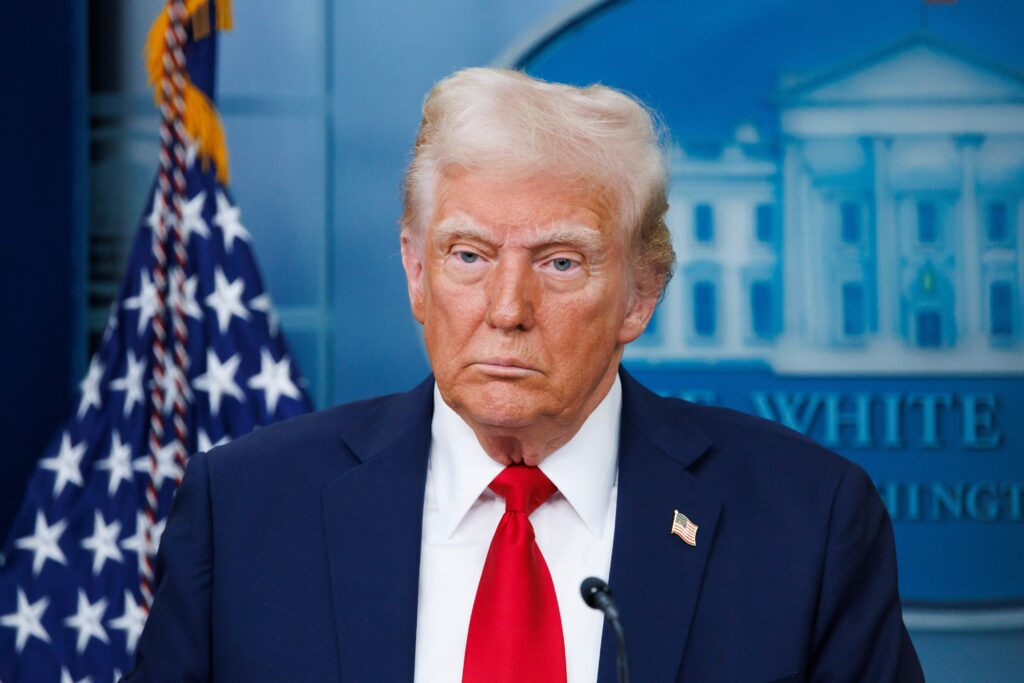A recent U.S. court ruling has raised major doubts about the government’s plan to impose new tariffs starting this July. The decision, made by the International Trade Court, questions the legal foundation of the administration’s tariff strategy and could disrupt planned duties on imported goods. The ruling stems from a lawsuit brought by several U.S. states and small businesses who challenged the president’s authority to enforce broad trade penalties without direct congressional approval.
The court’s verdict casts uncertainty over upcoming 10% universal tariffs and threatens to weaken the U.S. position in global trade talks. It also brings new urgency to debates in Congress and could push the matter to the U.S. Supreme Court. According to legal experts, the core issue is whether the president has the power to use emergency declarations to implement lasting trade measures—especially when Congress has clear authority over trade policy.
The controversy began with former President Trump’s sweeping tariff announcements from the White House Rose Garden. To bypass legislative hurdles, he used national emergency declarations to justify the measures. However, courts now argue these powers were stretched too far. Experts point to earlier cases, including those under President Nixon, to argue that emergency powers were never intended for long-term trade actions.
Critics say the tariffs lack a solid legal base, especially since they were applied to countries like the United Kingdom—U.S. allies with trade surpluses. The court also dismissed the administration’s argument that tariffs were needed to fight fentanyl trafficking through countries such as China, Canada, and Mexico. Legal analysts said using tariffs for that purpose does not meet legal standards. The decision undercuts the administration’s long-standing narrative of using tariffs as bargaining tools to gain leverage in international trade.
California’s separate lawsuit, which questions the legality of Trump-era trade policies, is now gaining strength due to this ruling. The issue may soon head to the Supreme Court, where a final decision could redefine the limits of presidential authority on trade. Meanwhile, the judgment leaves Treasury Secretary Scott Bessent in a tough spot ahead of new talks with key trade partners. With trust already low in Europe and Japan, this ruling may make it harder to form new trade agreements.
Back home, the political cost is rising. Retailers had warned about rising prices and supply issues linked to the tariffs. As consumer goods from China were targeted, G7 countries asked the U.S. to ensure fairer treatment. With the court now ruling against the White House, internal critics have grown louder. Industry groups, state leaders, and judges are questioning the long-term impact of tariffs on the American economy. Even though the administration has filed an appeal, some insiders see the ruling as a useful way to quietly step back from a controversial policy.
The road to congressional approval is also unclear. Lawmakers are divided, and many doubt that the tariffs are worth the economic cost. Foreign governments may use this opportunity to restart lobbying efforts in Washington. In past trade disputes, iconic U.S. goods like bourbon, motorcycles, and denim were targeted for counter-tariffs to pressure U.S. lawmakers in specific states.
Some experts suggest that the administration might now rely more on section 232 powers—typically used for steel and automotive imports—which require separate legal standards. This could mark a shift from broad tariffs toward more focused, industry-specific actions.
Testimony in court revealed how much damage the tariffs have already caused to small American businesses. MicroKits, a Virginia-based company, told the court that it may have to shut down because of rising import costs. In New York, VOS Wines said that tariff charges at the port created a sudden financial strain. Terry Cycling, another small company, has already paid $25,000 in tariffs and expects the total to reach $250,000 by the end of the year.
The court noted that the government failed to challenge evidence showing how badly these businesses were affected. The question now is whether the White House will continue to fight for these tariffs or look for a new path forward, especially as economic pressure builds and political support fades.
